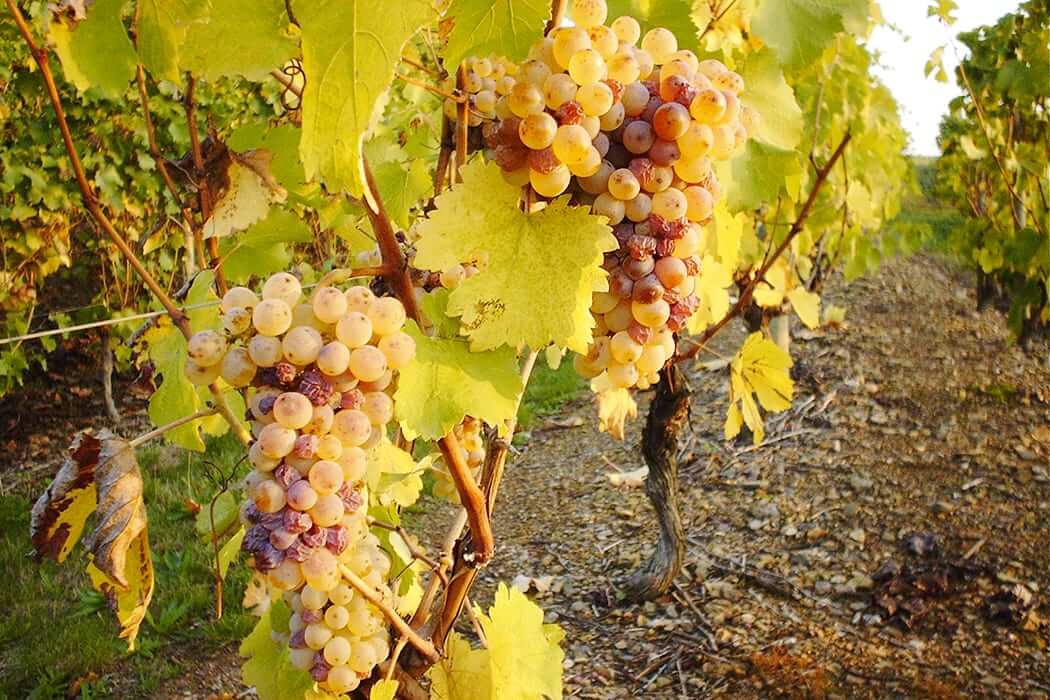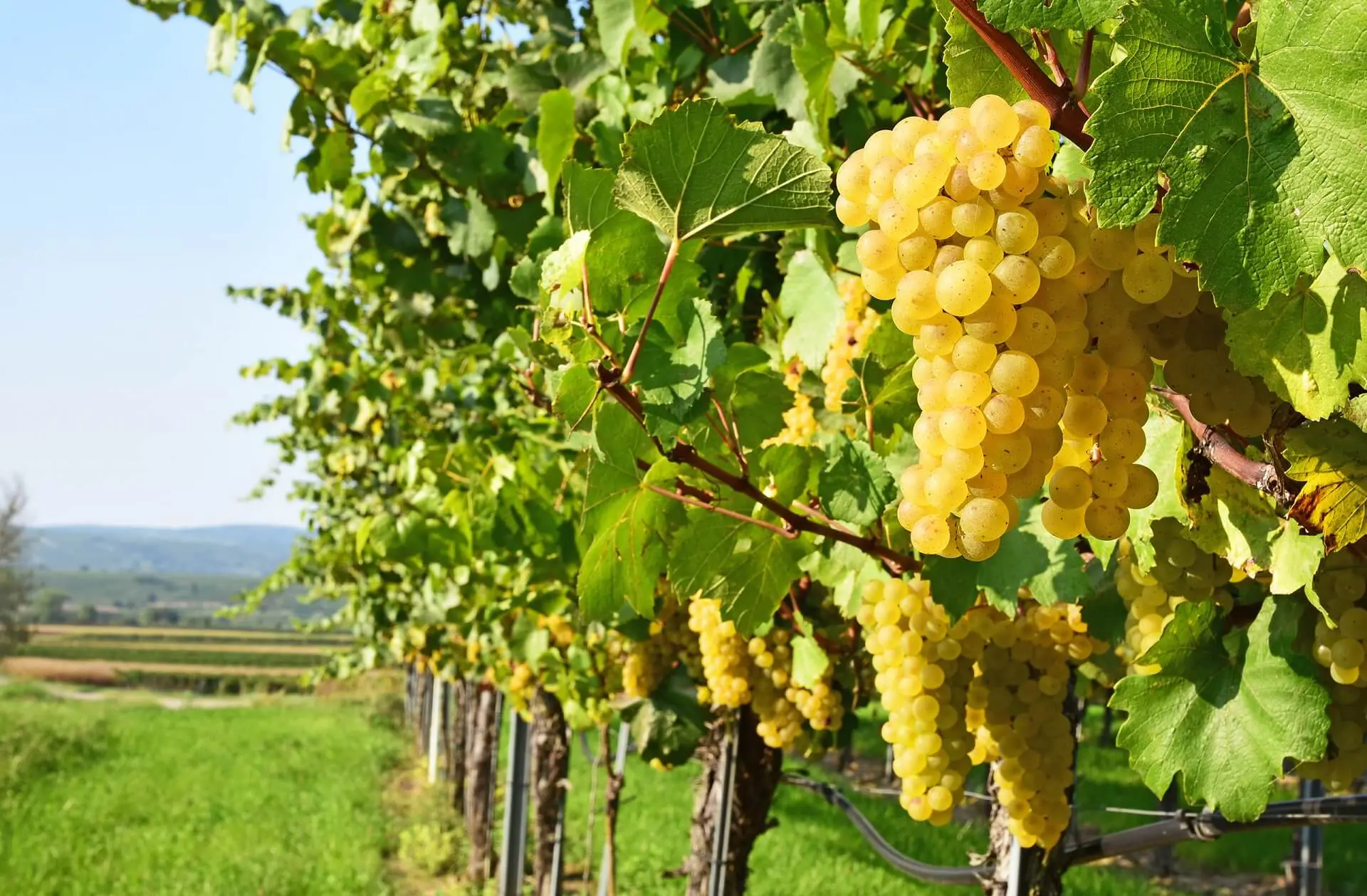Wine is a mysterious and fascinating product. One of the aspects that makes wine so interesting is the variety of grape varieties used to make it. Each type of grape contributes to the wine’s unique character and flavor, and the art of winemaking depends largely on the choice of grape. In this article, we are going to highlight three world-famous grape varieties: Chardonnay, Cabernet Sauvignon and Pinot Noir.
Why grape variety matters
The choice of grape is not just a detail in the winemaking process. Each grape has its own specific characteristics and contributes to the final taste, aroma and mouthfeel of the wine. Winemakers therefore choose very carefully which grapes they will use, based on the type of wine they want to create.
The grape variety also plays a big role in how the wine will age. Some grape varieties, such as Cabernet Sauvignon, have a strong structure and can be stored for a long time, while others, such as Pinot Noir, are more delicate and are generally drunk younger.
Meet the grapes: Chardonnay, Cabernet Sauvignon and Pinot Noir
In this article, we will highlight three very well-known and beloved grape varieties: Chardonnay, Cabernet Sauvignon and Pinot Noir. Each of these grapes has its own unique characteristics and produces wines with distinctive flavor profiles. Chardonnay is a white grape variety grown around the world and is known for its versatility. Cabernet Sauvignon, a red grape, is known for its deep color and complex flavor profile.
Finally, there is Pinot Noir, another red grape variety, known for its delicate but seductive aromas and flavors. Each of these grapes has a unique personality and allows us to explore a wide range of flavors and styles in the world of wine.
Chardonnay
The origins and global spread of Chardonnay
Chardonnay originated in Burgundy, a region in the eastern part of France.
It was first recognized in the Middle Ages by monks, who discovered that this grape produced unique and attractive wines. By now, the Chardonnay grape has conquered the entire world, from Australia to California to as far away as Chile, but Burgundy remains its spiritual home.
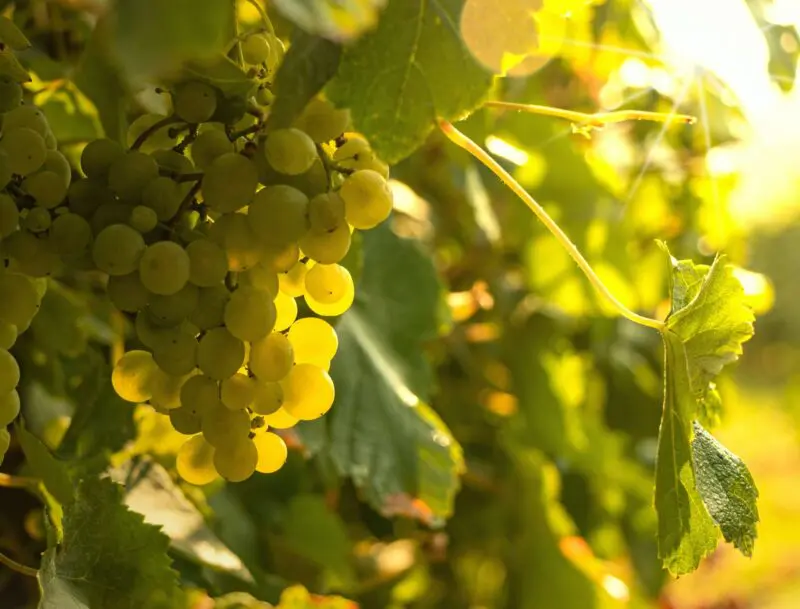
Characteristics of Chardonnay
What makes Chardonnay so special is its incredible versatility. Depending on where it is grown and how it is processed, Chardonnay can take on a wide range of flavors and styles. In cool climates, such as Chablis or Champagne, Chardonnay results in wines with high acidity and fresh flavors. In warmer climates, such as California or Australia, Chardonnay results in fuller, richer wines with more tropical flavors.
Typical aromas and flavors
In cool climates, you can expect aromas and flavors of green apple, pear, quince and citrus, with a notable mineral sharpness that gives the wine its distinctive vibrancy. In warmer climates, the grape tends toward tropical notes, such as pineapple, mango or peach. When aged in oak barrels, the wine can develop a range of additional aromas and flavors, from sweet spice and vanilla to toasted bread and caramel.
Wine pairing suggestions for Chardonnay
Chardonnay is a wine that goes particularly well with many different dishes, especially thanks to its versatility in flavor profiles. For Chardonnay from cool climates, think dishes like grilled seafood, goat cheese salad or even sushi. Dhese fresh and slightly acidic wines can nicely offset the richness of these dishes while highlighting complementary flavors.
For Chardonnay from warmer climates, with its richer and fuller flavors, dishes such as grilled chicken, creamy pastas or dishes with a sweeter sauce often fit well. These wines can match the richness of these dishes and create a harmonious whole.
Cabernet Sauvignon
Origin and Worldwide Distribution of Cabernet Sauvignon
Cabernet Sauvignon is one of the most well-known and widespread grape varieties in the world.
It is a relatively new variety, created in the 17th century in southwestern France by an unexpected crossing of Cabernet Franc and Sauvignon Blanc.
Although it has its roots in Bordeaux, the Cabernet Sauvignon grape has successfully conquered the world and is now grown in almost every major wine-producing country, from the sun-drenched vineyards of California and the high altitudes of Argentina, to the cooler climates of New Zealand and China.
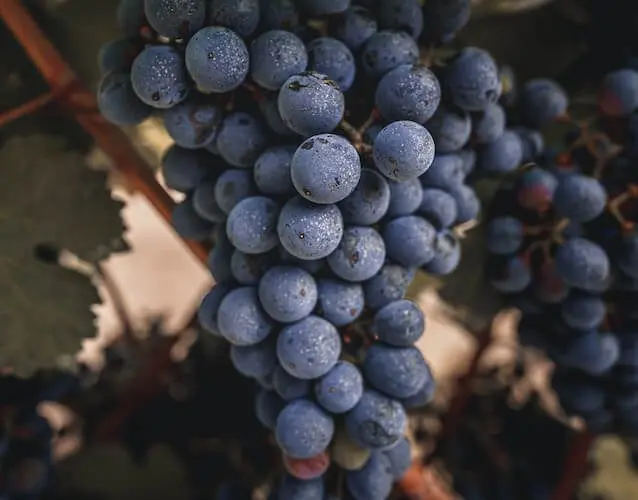
Characteristics of Cabernet Sauvignon
Cabernet Sauvignon is known for its deep color, full body and high tannin content – characteristics that make it an excellent choice for aging. The wine is often powerful and structured, with a black fruit profile and spicy notes of green pepper and mint, among other herbal notes.
Typical Aromas and taste of Cabernet Sauvignon
When tasting a Cabernet Sauvignon, you can expect the taste buds to be treated to a broad spectrum of flavors. These can include flavors from dark cherry, blackberry and plum, to green pepper, cedar and tobacco, especially when the wine has spent some time in oak barrels. In warmer climates, such as California, these wines can have more lush black cherry and black currant flavors, while Cabernets from cooler regions, such as Bordeaux, tend to have more spicy and earthy notes.
Wine pairing suggestions for Cabernet Sauvignon
Thanks to its robust structure and deep, complex flavors, Cabernet Sauvignon is a natural partner for a variety of rich, savory dishes. Think red meat such as grilled steaks, lamb chops, or even game dishes. The powerful flavors of the wine can withstand the rich flavors of these dishes and even enhance their tastes. In addition, the tannins in the wine can help cleanse the palate after a bite of a rich, greasy dish.
Pinot Noir
Origin and worldwide distribution of Pinot Noir
Pinot Noir, the delicate and capricious queen of grapes, has a history stretching back to ancient times. This grape variety is thousands of years old and is believed to have been cultivated since Roman times.
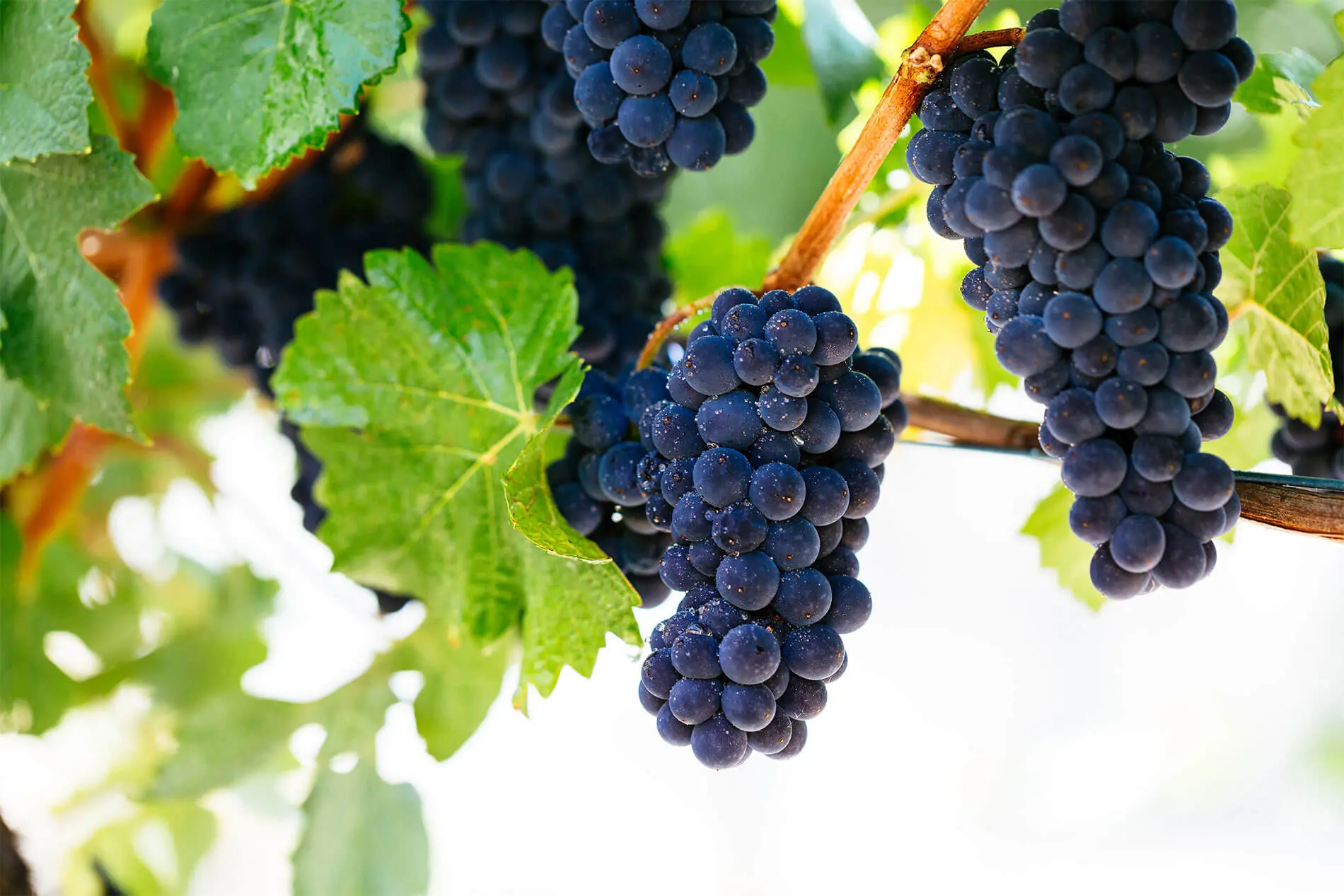
Although its exact origin is not known, the grape is believed to be originally from Burgundy, a region in eastern France. The name “Pinot Noir” literally means “black pine cone,” a reference to the unique shape of the grape bunches. Over the centuries, this grape has spread throughout the world, from its home in France to the United States, Australia, Germany, and beyond.
Characteristics of Pinot Noir
Pinot Noir is notoriously sensitive to the environment in which it is grown. This grape requires a cooler climate and is susceptible to both climatic extremes and disease, making it challenging to grow. The wine made from it is usually light to medium in body and has a delicate, almost translucent ruby color.
Typical aromas and taste of Pinot Noir
A well-made Pinot Noir is a sensual experience for the palate. The wine is known for its complex, fragrant bouquet and enticing flavors. Aromas range from red berries, cherries, and raspberries to earthy notes, spice, and even “barnyard” or “forest floor. On the palate, Pinot Noir is often silky and elegant, with well-integrated tannins that leave a velvety finish.
Wine pairing suggestions for Pinot Noir
Pinot Noir’s versatility makes it a favorite with many dishes. Because of its high acidity and delicate flavors, it is perfect to pair with roasted poultry, duck, salmon, or dishes with mushrooms. It can even be combined with certain cheeses, especially those with a creamy and rich texture. The world of wine is rich and varied, with thousands of grape varieties to discover. But once you know the kings of the grape world, Chardonnay, Cabernet Sauvignon, and Pinot Noir, you have a solid foundation to continue your journey of discovery.
The Grapes of the World: A Look at Chardonnay, Cabernet Sauvignon and Pinot Noir
The beauty of wine lies not only in its taste and aroma, but also in the story each bottle tells about the region, the soil, the climate and the grape variety from which it was born. This article has introduced you to three of the most popular and versatile grape varieties in the world: Chardonnay, Cabernet Sauvignon and Pinot Noir. Chardonnay, loved for its versatility and range, gives you a wonderful introduction to white wines. From fresh and vibrant wines to creamy and rich flavors, it is a grape variety that can produce a wide range of wine styles.
Cabernet Sauvignon, the king of red grapes, offers powerful and structured wines. This grape variety has the potential to produce wines with deep, complex flavors and aromas that can age and develop for years in the bottle. Pinot Noir, the capricious star of Burgundy, is known for its delicate, subtle and complex wines. Although difficult to grow and vinify, it produces wines considered some of the best in the world. Exploring these grape varieties is just the beginning of your wine journey. Remember that tasting is the key. The more wines you taste, the better you learn about the different grape varieties and their unique characteristics.

